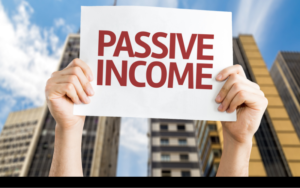Branding is more than just a logo or a catchy tagline – it’s the strategic foundation that defines how your business is perceived, remembered, and trusted. In 2025, effective branding is crucial for standing out in a competitive market, building customer loyalty, and creating a memorable brand identity that resonates with your target audience.
Whether you’re launching a new business or rebranding an existing one, this comprehensive guide will walk you through the essential strategies, tools, and best practices to elevate your branding game and position your brand for success this year.
Table of Contents
1. Personal Branding: Building a Unique Identity
Personal branding involves creating a public persona that highlights your expertise, values, and unique qualities. It’s crucial for entrepreneurs, freelancers, and thought leaders who want to position themselves as authorities in their industries.
- Purpose: Establish credibility, attract opportunities, and differentiate from competitors.
- Key Elements: Professional headshot, personal website, social media presence, consistent messaging.
- Example: Elon Musk uses his personal brand to promote his ventures in technology and space exploration, positioning himself as a visionary and innovator.
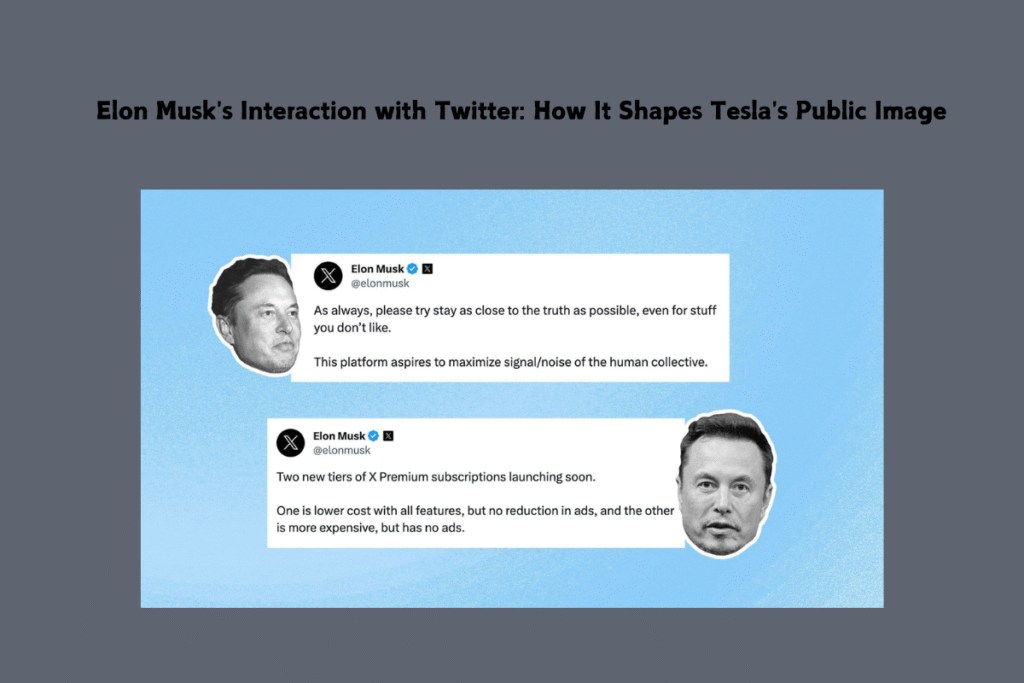
2. Corporate Branding: Defining Company Identity
Corporate branding focuses on the overall identity of a business. It includes visual elements, messaging, and the brand’s core values. This type of branding shapes how customers perceive the company as a whole.
- Purpose: Build trust, establish market authority, and maintain a cohesive image across all business units.
- Key Elements: Logo, tagline, company values, brand voice, internal culture.
- Example: Coca-Cola’s branding consistently revolves around themes of happiness, community, and refreshment, from its iconic red color to its feel-good advertising campaigns.
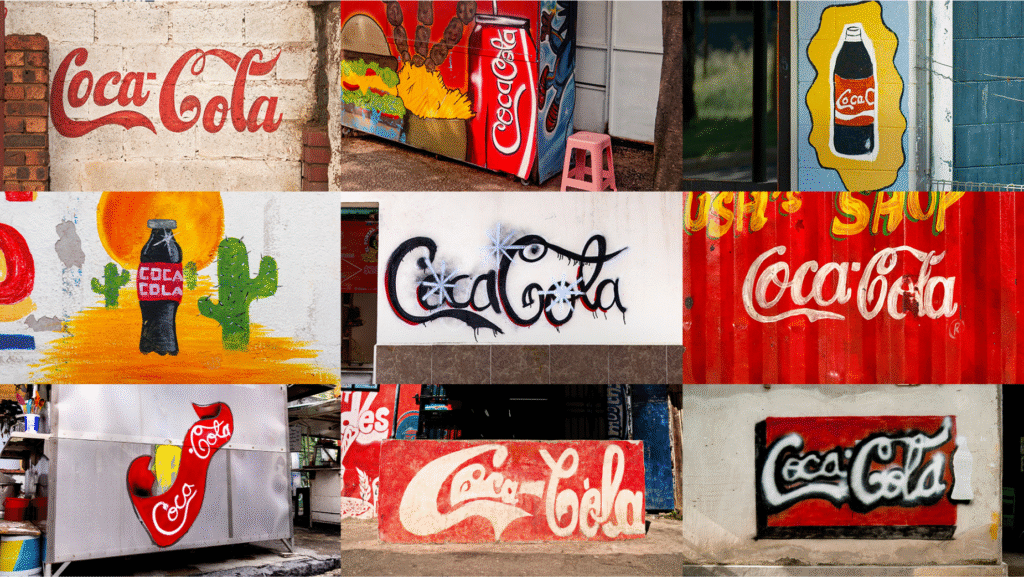
3. Product Branding: Creating Standout Products
Product branding is about positioning a specific product to stand out within the brand’s portfolio and in the market. It includes product design, packaging, messaging, and targeted marketing campaigns.
- Purpose: Differentiate products, target specific customer segments, and build brand equity.
- Key Elements: Packaging design, product logo, product name, targeted messaging.
- Example: Dove’s product branding emphasizes natural beauty and self-esteem, using white packaging, a soft blue logo, and messaging that promotes body positivity.
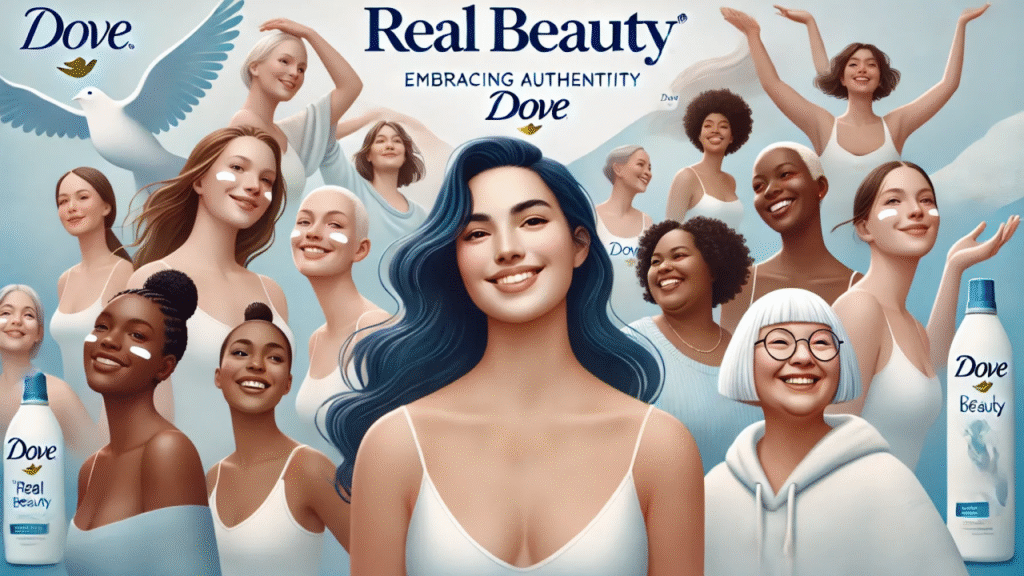
4. Service Branding: Highlighting Customer Experience
Service branding emphasizes the unique experience a business provides rather than a physical product. It’s essential for industries like hospitality, consulting, and SaaS, where customer experience is a major differentiator.
- Purpose: Create a memorable experience, foster customer loyalty, and convey a specific brand promise.
- Key Elements: Customer service, personalized interactions, branded touchpoints, service guarantees.
- Example: The Ritz-Carlton’s brand is synonymous with luxury service, personalized attention, and exceptional experiences, encapsulated in their motto: “We are Ladies and Gentlemen serving Ladies and Gentlemen.”
5. Digital Branding: Establishing a Strong Online Presence
In 2025, digital branding is essential for reaching tech-savvy audiences and maintaining relevance. This type of branding covers websites, social media, email marketing, and online customer service.
- Purpose: Increase brand visibility, engage with online audiences, and maintain brand consistency across digital platforms.
- Key Elements: Website design, social media content, email marketing templates, online ads.
- Example: Nike leverages digital branding through a cohesive online presence – from their interactive website to compelling social media content that reinforces their “Just Do It” messaging.
6. Building a Strong Brand Strategy: The Blueprint for Success
A brand strategy is the roadmap that guides how a brand communicates its identity, values, and mission to its target audience. Here’s how to develop a robust brand strategy:
1. Mission and Vision Statements:
- Mission Statement: Defines the brand’s core purpose – what the brand aims to achieve in the present.
- Example: Tesla’s mission is “to accelerate the world’s transition to sustainable energy.”
- Vision Statement: Describes the long-term impact or goal – what the brand aspires to achieve in the future.
- Example: Nike’s vision is “to bring inspiration and innovation to every athlete in the world.”
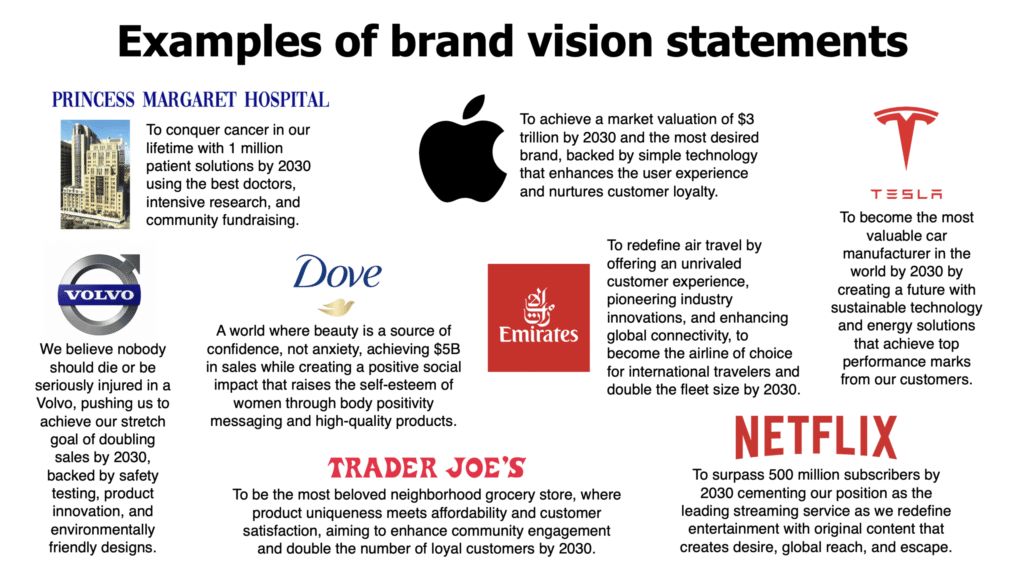
2. Brand Values:
Brand values are the guiding principles that shape brand messaging and behavior. They influence decision-making and how the brand interacts with its audience.
- Example: Patagonia’s brand values include environmental sustainability, transparency, and ethical sourcing.

3. Target Audience Analysis:
To effectively position a brand, it’s crucial to identify and understand the target audience.
- Tools: Google Analytics, SEMrush, customer surveys.
- Factors to Analyze: Demographics, psychographics, pain points, buying behavior.
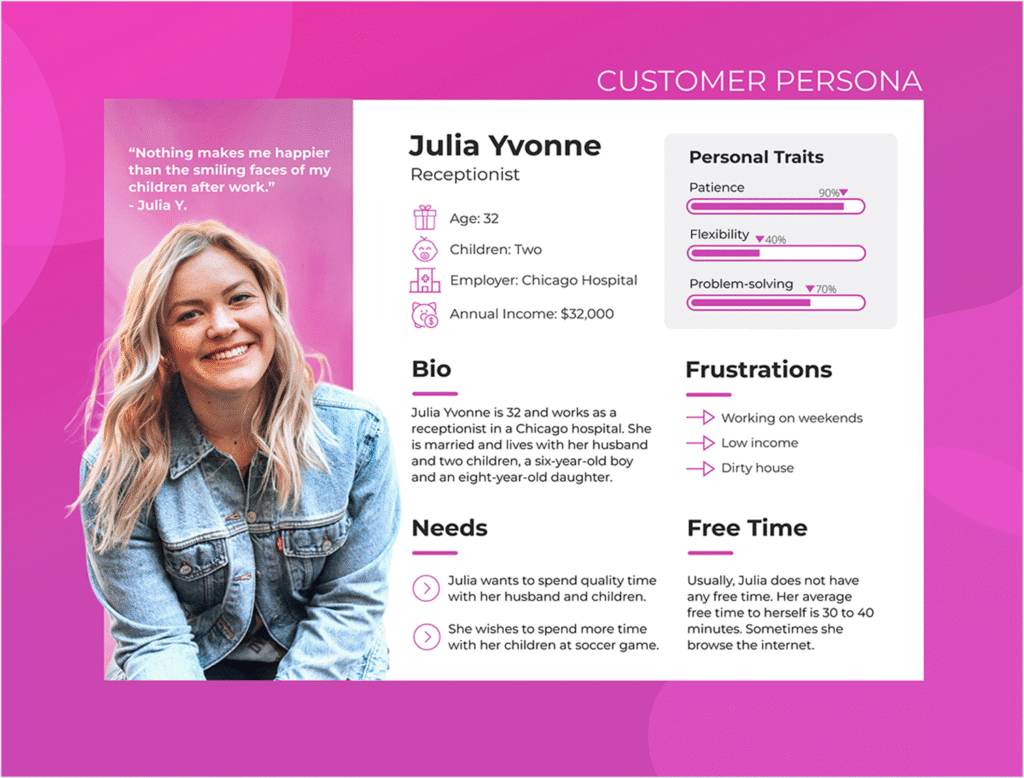
4. Competitor Analysis:
Analyzing competitors helps identify market gaps and positioning opportunities.
- Steps:
- Identify 3-5 direct competitors.
- Analyze their branding (visuals, messaging, customer experience).
- Determine how your brand can differentiate itself.
5. Brand Positioning Statement:
A brand positioning statement defines how a brand wants to be perceived relative to competitors.
- Format: “For [target audience], [brand] is the only [category] that [benefit].”
- Example: For environmentally conscious consumers, Tesla is the only electric car brand that combines sustainability with luxury.
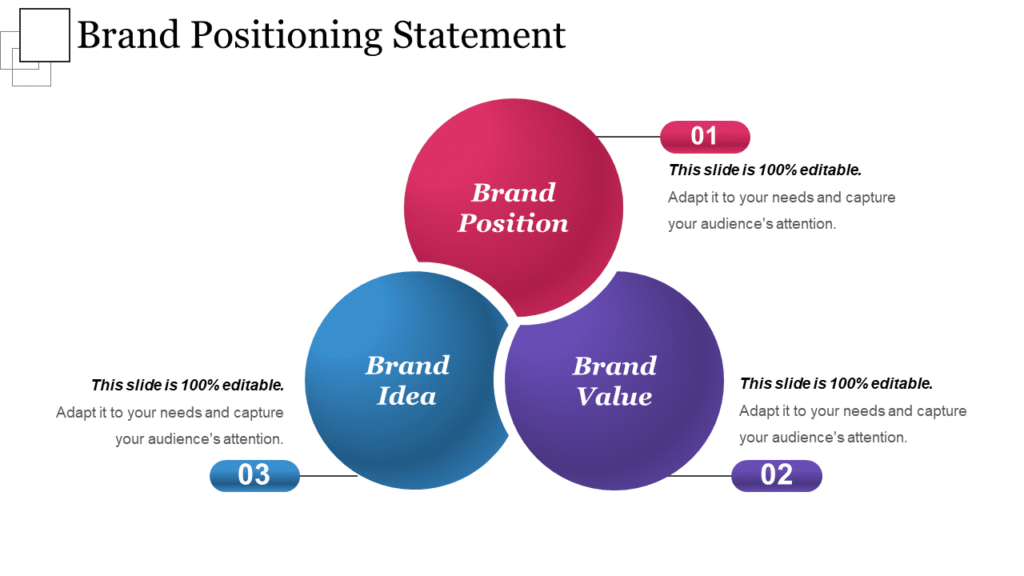
Recommendation: Elevate Your Brand with Kristie K – Top-Rated Fiverr Branding Expert
If you’re serious about building a powerful, memorable brand in 2025, you need a proven branding strategist who understands what it takes to stand out in today’s competitive market. Enter Kristie K, a top-rated Fiverr seller with over 20 years of experience in crafting high-performing brands that drive visibility, engagement, and growth.
✅ Why Choose Kristie K?
- Proven Track Record: Kristie has successfully helped thousands of entrepreneurs and businesses across 800+ niches in over 40 countries. From startups to established brands, she knows how to create compelling brand strategies that resonate.
- Strategic Expertise: With a deep focus on brand positioning, storytelling, and creative direction, Kristie crafts strategies that don’t just attract attention but also convert prospects into loyal customers.
- Customized Solutions: Kristie tailors her approach to your specific brand goals, ensuring every element – from brand messaging to visual identity – aligns with your business vision.
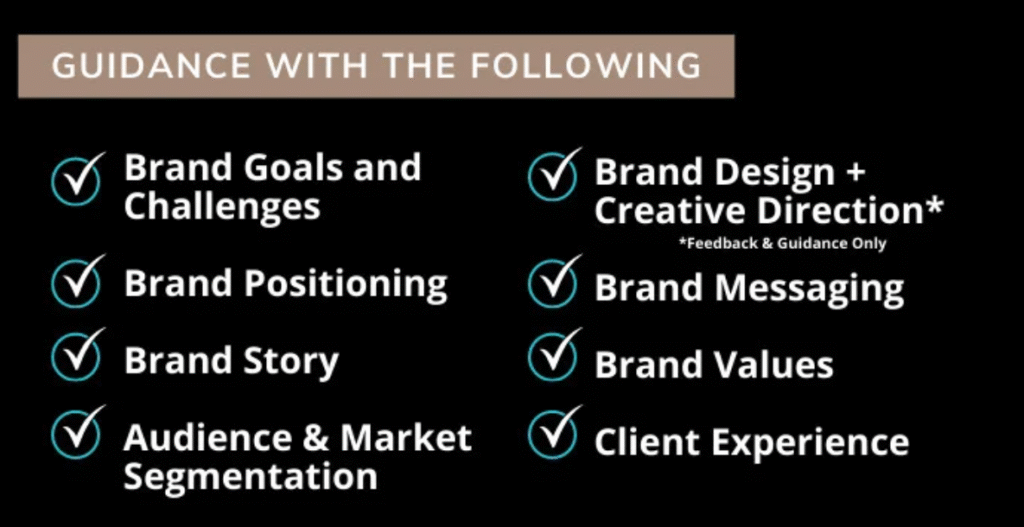
🛠️ What Kristie K Can Do for Your Brand:
- Brand Audit: Comprehensive review of your current branding to identify strengths, weaknesses, and opportunities for growth.
- Brand Positioning: Develop a strategic positioning statement that clearly communicates your unique value in the market.
- Brand Values & Storytelling: Define your brand’s core values and craft a compelling brand narrative that resonates with your target audience.
- Visual Identity: Guidance on logo design, color palette, typography, and overall creative direction to create a cohesive and memorable brand presence.
- Audience Segmentation: Identify and understand your ideal customer segments to refine messaging and maximize impact.
- Client Experience Optimization: Enhance the customer journey to foster brand loyalty and encourage repeat business.
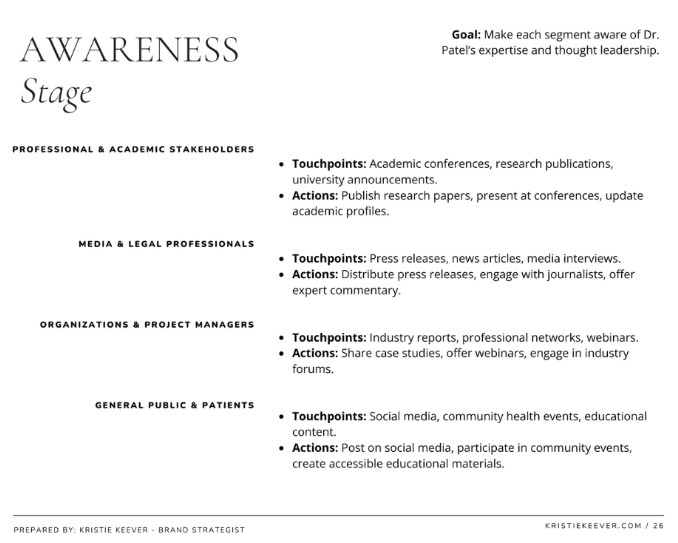
🌟 What Sets Kristie K Apart:
- 20+ Years of Experience: Kristie’s expertise extends from working with high-level corporate executives to individual entrepreneurs, making her uniquely qualified to handle brands at all stages of growth.
- Global Perspective: Having worked with clients worldwide, Kristie brings a diverse perspective that enables her to create universally appealing brand strategies.
- Data-Driven Approach: Kristie combines creative branding with strategic data analysis, ensuring that every brand decision is backed by insights and best practices.
Ready to Take Your Branding to the Next Level?
If you’re serious about becoming a standout brand in 2025, now is the time to connect with Kristie K. With her proven strategies, 20+ years of expertise, and data-driven approach, she can help you craft a compelling brand that drives growth and positions you as the go-to expert in your niche.
👉 Get in touch with Kristie K today on Fiverr to start building a brand that captivates, converts, and commands attention. Don’t wait – your next level of branding success is just a click away!
Conclusion: The Power of Strategic Branding in 2025
In 2025, branding is no longer just a buzzword – it’s a powerful strategy that can make or break a business. From defining your brand’s mission and values to crafting a compelling brand identity and maintaining consistency across all platforms, effective branding creates lasting impressions that foster trust, loyalty, and recognition.
By investing in a well-thought-out brand strategy, businesses can differentiate themselves in crowded markets, connect emotionally with their audience, and position themselves as leaders in their industry. Remember, branding isn’t a one-time effort – it’s an ongoing process that evolves with market trends, customer expectations, and business growth.
Ready to take your branding to the next level? Start by assessing your current brand strategy, identifying gaps, and implementing the best practices outlined in this guide. Stay consistent, stay authentic, and let your brand story resonate with your audience in every interaction.
Want more actionable insights on branding and business growth in 2025? Stay tuned for our next guide – we’re here to help you elevate your brand every step of the way.




